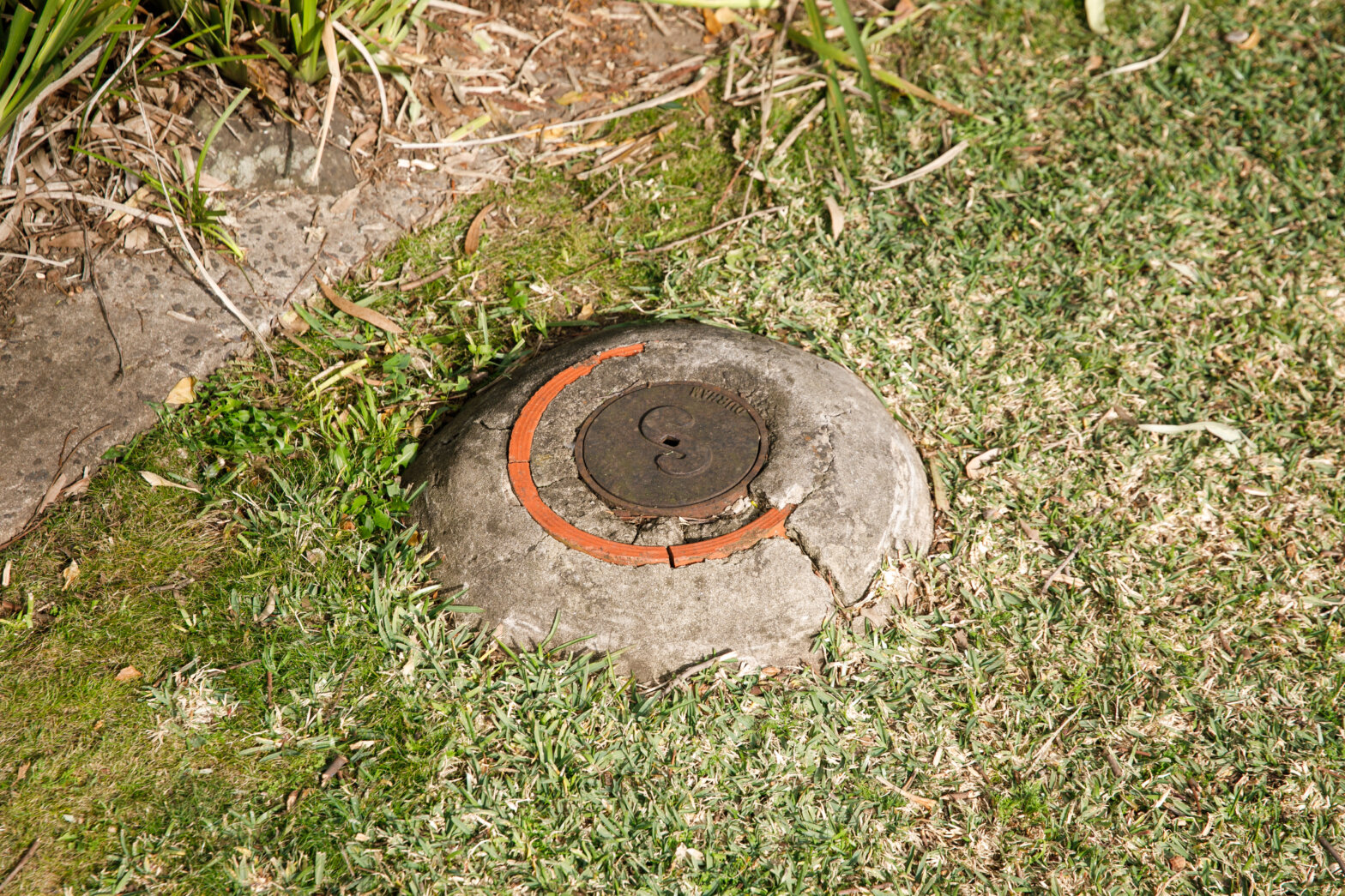Sewer drains lie underground, carrying wastewater and sewage from our homes, offices and manufacturing facilities.
These workhorses of our plumbing systems are essential for maintaining sanitation and public health by effectively disposing of waste, yet we often don’t notice them until something goes wrong.
When sewer drains become blocked, they can lead to slow drainage, unpleasant odours and even potential health hazards as waste begins to back up into our homes.
In this article, we’ll look at how sewer drains work, uncover the common issues associated with sewers and how pipe relining can bring old pipes back to life, reduce sewer drain maintenance, and provide long-term savings.
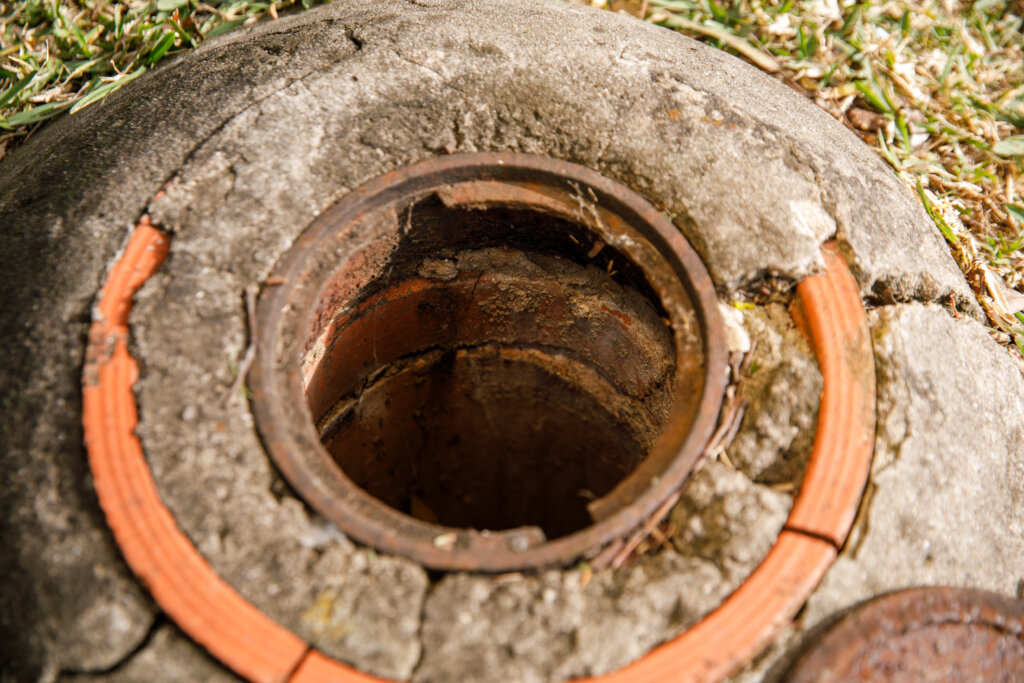
Common Sewer Drain Issues
Sewer drains play a crucial role in carrying wastewater away from our homes and businesses, but they are not immune to problems.
Common issues that we see include:
Blockages: Blockages are one of the most common sewer drain issues, and they occur in the drainage system when foreign materials clog up the drain. Blockages can be caused by household items that unintentionally make their way down your sinks, such as toys, or more often result from a build-up of grease, food scraps, hair, leaves and other debris over time.
Tree Roots: Tree roots grow towards sewer pipes looking for water. Roots then make their way into small cracks and loose joints in the pipes, eventually growing into the pipe, in some cases blocking it completely. Old sewers where pipes have deteriorated over time are particularly susceptible to tree root damage, where roots often break the pipes and lead to leaks and collapse.
Corrosion and Pipe Deterioration: Over time, sewer pipes, particularly those made of cast iron or clay, corrode and deteriorate. As pipes begin to weaken, they start to leak and eventually collapse. Unfortunately, this type of issue can be hard to detect until major damage has occurred.
Signs of damaged or blocked sewer pipes include:
- Slow drainage
- Gurgling noises coming from the pipes
- Sewage backing up
- Foul odours emanating from your drains, dishwasher or other areas around your property
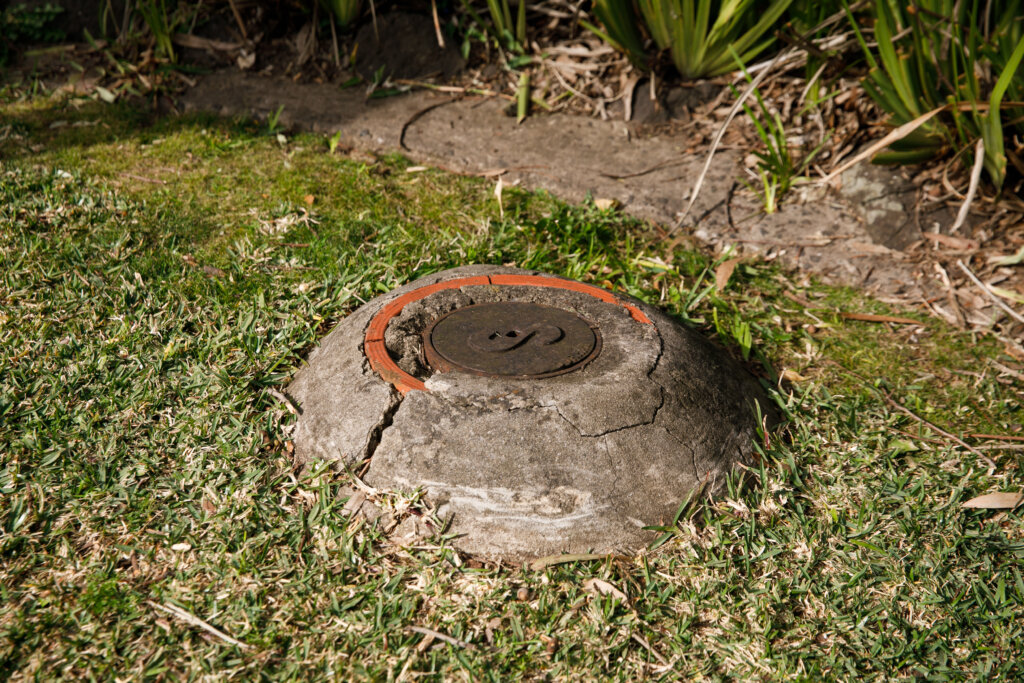
How Does a Sewer Drain Work?
By now, you’ve probably worked out that a sewer drain is a vital component of any commercial or residential plumbing system. Let’s have a closer look at how it works.
Wastewater Collection: Waste water from your house or office, including water from your sinks, toilets, showers, and dishwashers, travels through small, individual drain pipes. These eventually connect to a larger main sewer pipe.
Flow by Gravity: Once the wastewater enters the main sewer line, gravity pulls it downwards through a network of underground pipes. This downward-sloping network of pipes ensures the water flows uninterrupted towards the treatment plant.
Sewage Treatment: Once the wastewater reaches the treatment plant, the water is treated with several processes before it is safely discharged back into the waterways.
Several key plumbing components are involved in the process:
Drainpipes: These are the smaller pipes that are connected to sinks, showers and toilets and are responsible for collecting wastewater
Main sewer line: A larger pipe that collects the waste from buildings’ various drains and directs it towards the municipal sewer system.
Manholes: Access points that allow access to the underground sewer for inspections and maintenance.
Sewer vents: Vents allow gases to escape from the system and help regulate water flow through the pipes.
Sewer traps: Strategically located near toilets and sinks, sewer traps hold water and prevent sewer gases from entering the building.
How Pipe Relining Can Reduce Sewer Drain Maintenance
Pipe relining is a cutting-edge, trenchless technology that repairs damaged sewer pipes without large amounts of digging.
The process starts with a thorough drain camera inspection to identify the damaged area, followed by high-pressure water jetting to clean the pipe.
A flexible, epoxy resin-coated tube is then inserted into the pipe. This liner is then inflated, and as the resin hardens, it forms a new pipe within the existing structure, restoring full functionality to the existing sewer line.
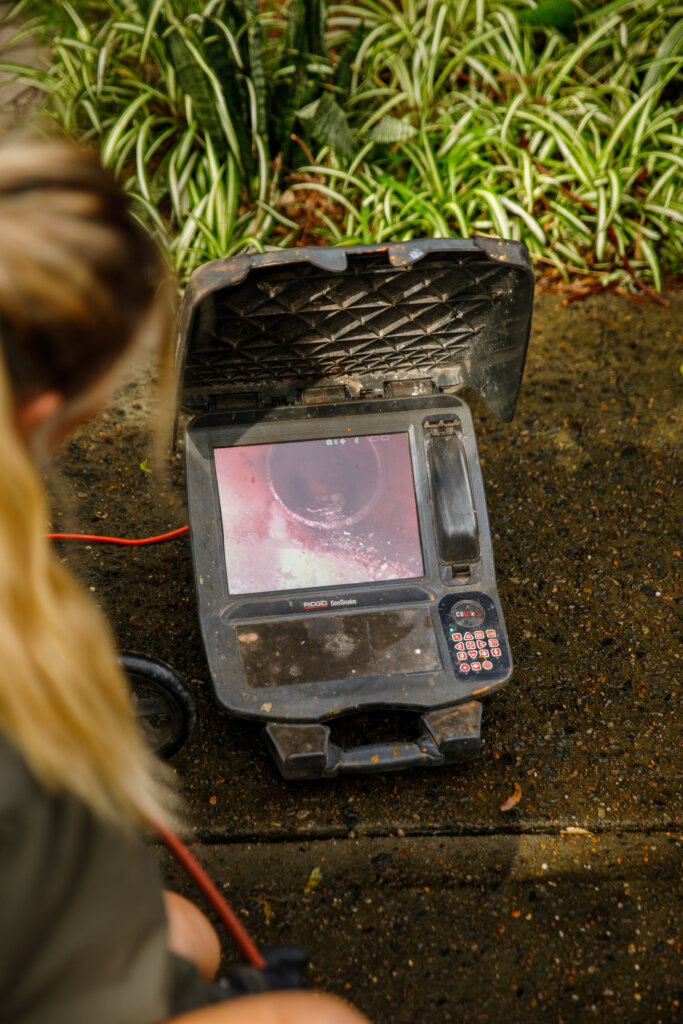
Here’s a more detailed breakdown of how pipe relining can fix blocked sewer drain issues for good:
Prevent blockages: By creating a smooth and uniform surface inside the sewer pipe, relining reduces the likelihood of debris build-up, a common cause of blockage.
Stops tree root intrusion: The new lining seals any existing gaps, preventing tree roots from slipping through the cracks.
Repairs cracks and leaks: Pipe relining strengthens the existing pipes, repairs cracks and prevents further corrosion.
Pipe relining is a revolutionary alternative to traditional pipe repair methods, such as excavation and full pipe replacement. Instead of digging up entire sections of a property to access damaged pipes, pipe relining repairs them from the inside, making it a much less invasive option.
Compared with traditional methods, pipe relining offers the following benefits:
Minimal disruption: Pipe relining does away with the need for large-scale excavation, meaning minimal disruption to existing landscapes and driveways and structures.
Cost-effective: Pipe relining removes the need for heavy digging equipment and post-repair restoration, reducing labour and overall repair costs.
Long-lasting: Epoxy resin creates a durable new pipe within the existing structure, extending the life of existing pipes by decades.
Faster completion time: Pipe relining is a highly efficient process, taking only a day or two to complete.
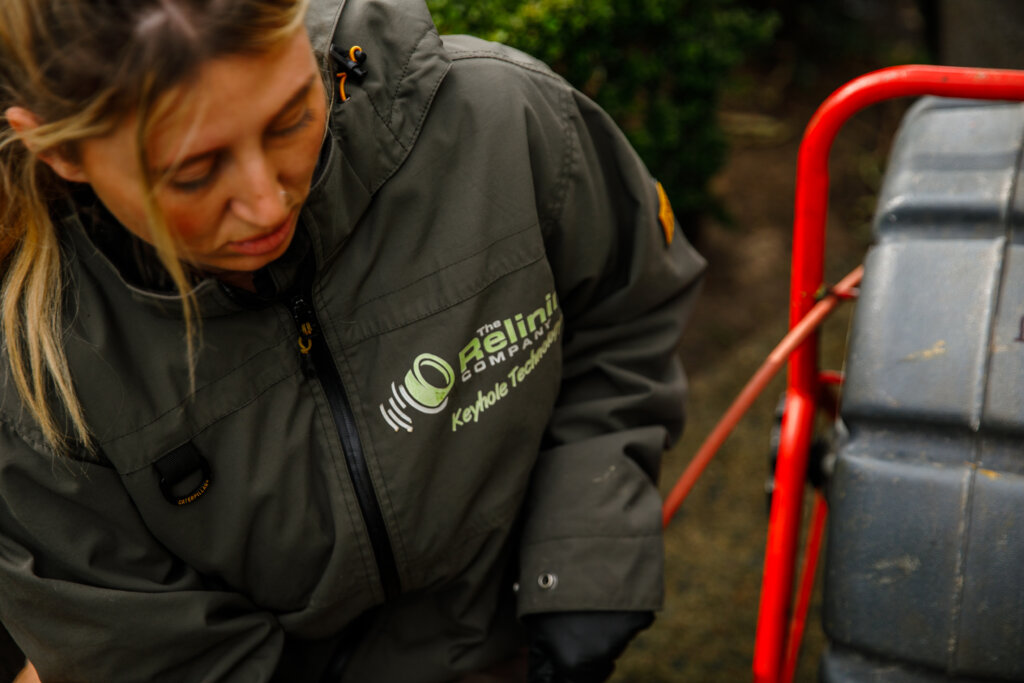
When to Call a Plumbing Professional
Ever find yourself constantly unblocking the toilet or ignoring the fact that your shower is filling up with inches of water? The truth is, it’s easy to brush off the signs of a blocked sewer drain until it’s too late.
Blockages often appear as minor inconveniences that can be dealt with later, but ignoring them leads to more significant and costly issues.
As blockages worsen over time, they can cause sewage backup, pipe damage and unpleasant smells that are not only uncomfortable but unsanitary.
Addressing these issues early saves on costly repairs and protects your environment from potential health hazards.
You know it’s time to call in the professionals when:
- Your drains are constantly clogging despite attempts to clear them
- Bad smells are coming from your drains
- Slow drainage in sinks, showers or toilets
- Unexplained wet patches in your backyard
The Relining Company Can Help
Sewer drains play a critical role in managing wastewater and maintaining sanitation standards for homes and businesses across Sydney. It is, therefore, crucial to address any issues with your sewer drains as soon as they arise. Pipe relining offers a modern, non-invasive, cost-effective solution for blocked sewer drains.
Are you noticing signs your drainage systems may be struggling?
Contact the friendly team at The Relining Company for a sewer drain inspection or to learn more about our pipe relining services today.
Back to Top